The Battle of Marathon in 490 BC marked a turning point in ancient Greek history, where a small force of Athenians triumphed over the mighty Persian Empire. Beyond the heroic victory, the burial mounds at Marathon, which still stand today, are poignant reminders of the bravery and sacrifice made by those who defended their homeland. These tumuli not only honor fallen warriors but also immortalize the enduring spirit of Greek resistance.
The Battle of Marathon: A Defining Moment in Greek History
The Battle of Marathon was a dramatic encounter between a vastly outnumbered Greek force and the powerful Persian Empire. Led by the Persian king Darius the Great, the Persians brought an army estimated at 25,000 to 30,000 men to invade the Greek mainland. In contrast, the Athenians, joined by a contingent of Plataeans, could muster only around 11,000 soldiers. Despite the imbalance in numbers, the Greeks achieved an unexpected victory that would have far-reaching consequences, not only for Greece but for the Western world.

The significance of Marathon lies in more than the military triumph itself. It was a turning point that demonstrated the effectiveness of the Greek hoplite army and their phalanx formation. The battle proved that the Persian empire, long seen as an unstoppable force, was not invincible. The victory at Marathon marked the beginning of the Golden Age of Athens, a period that would produce some of the most remarkable achievements in art, philosophy, and democracy.
Video
Check out the video to learn about the Battle of Marathon, where Athens faced off against Persia in a pivotal moment of ancient history. It’s a dramatic and significant event you don’t want to miss!
The Burial Mounds: Preserving the Legacy of Heroism
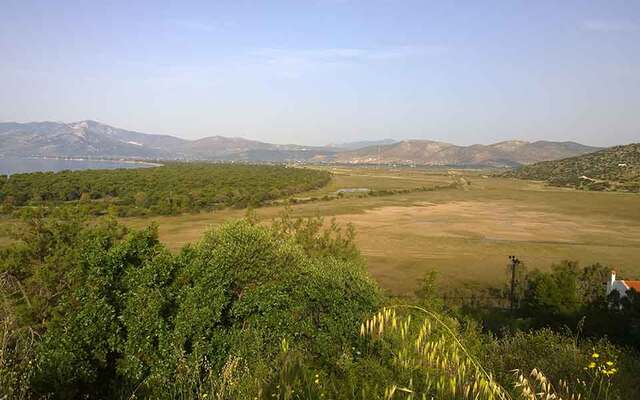
The burial mounds at Marathon are the silent but powerful witnesses to the heroism of the soldiers who gave their lives for Greece. Located near the battlefield, the two main tumuli—the Soros (Athenian) and the Plataean mound—serve as cenotaphs for the fallen warriors. These mounds are not only physical monuments but also symbols of Greek pride, valor, and resilience.
The larger mound, the Soros, is dedicated to the 192 Athenian soldiers who died in the battle. Standing at 12 meters high, the mound dominates the landscape, a striking and permanent memorial to those who perished. The smaller Plataean mound, though more modest in size, marks the sacrifice of 11 Plataean warriors who fought alongside the Athenians. Together, these two monuments represent the unity of Greece against an external threat and continue to remind visitors of the price paid for their freedom.

The Historic Background: How the Battle Came to Be
The roots of the Battle of Marathon stretch back to the Ionian Revolt of 499 BC, when several Greek city-states in Asia Minor rebelled against Persian rule. The Athenians and Eretrians sent aid to the Ionian cities, which provoked the wrath of Darius the Great. The burning of Sardis, the capital of the Persian satrapy of Lydia, by the Greek forces further inflamed the Persian king’s anger.
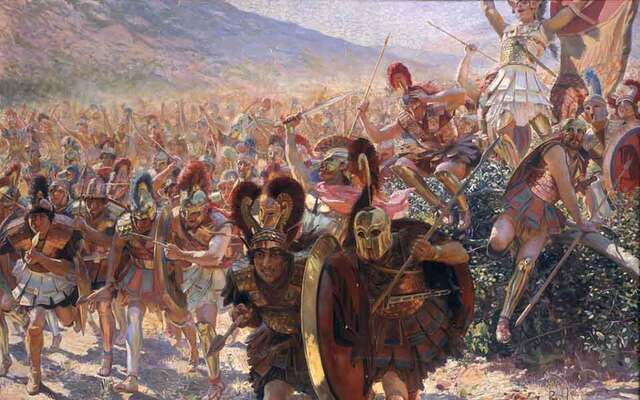
In retaliation, Darius sent an invasion force to punish Athens and Eretria, with the ultimate goal of subjugating all of Greece. The Persian fleet first sacked Eretria before landing at Marathon Bay, setting the stage for the iconic battle. The Athenians, under the command of Miltiades, chose to face the Persians in open battle, despite being severely outnumbered. The fate of Greece hung in the balance, and the outcome of the Battle of Marathon would decide the future of Western civilization.
The Strategy and Tactics at the Battle
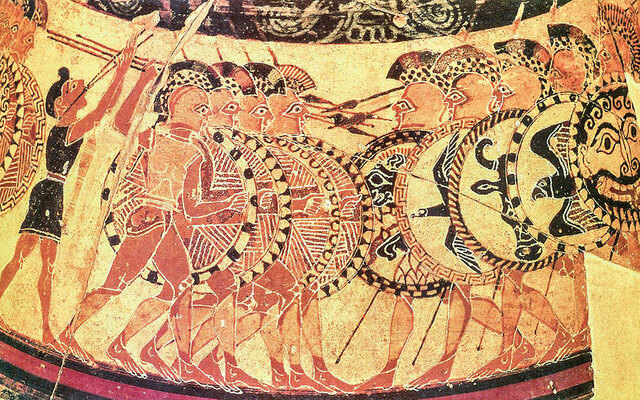
The Greek victory at Marathon can be attributed to the tactical brilliance of Miltiades. Recognizing the superiority of the Persian archers, Miltiades decided to use the Greeks’ superior hand-to-hand combat skills to their advantage. He extended his army along the entire Persian line but reinforced the flanks, where the Greek hoplites could outmaneuver the more lightly armed Persian infantry. When the battle began, the Greeks charged with unparalleled speed and ferocity, minimizing their exposure to the Persian archers.
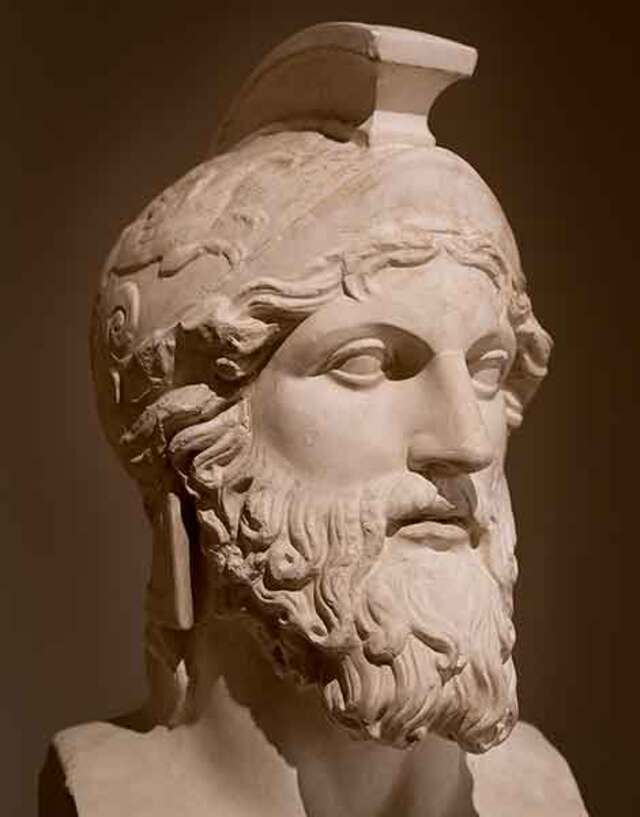
Although the center of the Greek formation buckled under the weight of the Persian forces, the Athenian and Plataean wings crushed the Persian flanks, encircling their army. The Persians, overwhelmed and disorganized, fled back to their ships, suffering heavy casualties. The Greeks pursued them, capturing seven ships, and forcing the rest to retreat. This stunning victory boosted Greek morale and sent a powerful message to the rest of the world: Persia was not invincible.
The Aftermath: Burial and Commemoration
In the wake of the battle, the Athenians quickly regrouped and marched back to Athens, fearing a Persian counterattack. A detachment of soldiers stayed behind to bury their fallen comrades, and the heroic dead were interred in the massive Soros mound. The Athenians honored their warriors in the manner befitting heroes, with a grand monument marking the site where the Greeks first engaged with the Persians.
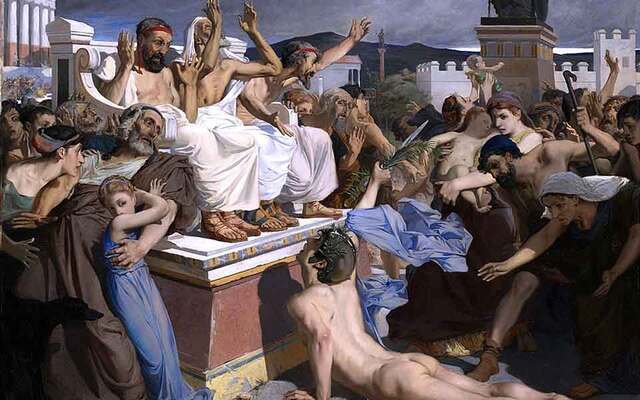
The Athenians’ decision to bury their dead at Marathon, rather than in the Kerameikos cemetery in Athens, was highly unusual. The tombs of Homeric heroes, such as those found in the Iliad, inspired the Greek practice of burying their dead on the battlefield. The Athenians’ choice to erect a massive, hemispherical mound for their fallen soldiers was a powerful statement of pride and respect for the lives lost in defense of their city-state.
Excavations and Findings at Marathon
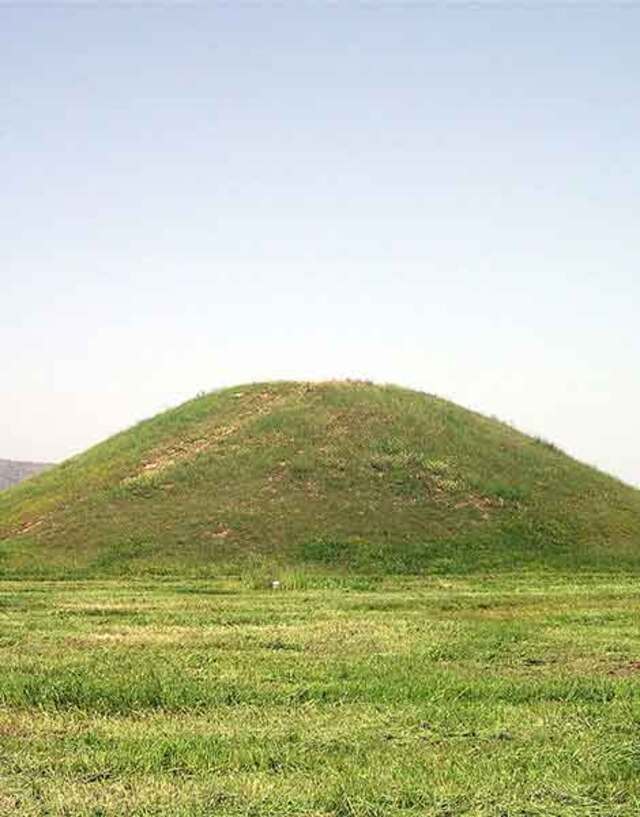
Excavations of the Soros mound began in the late 19th century, revealing significant archaeological finds, including charred remains and oil phials, indicating that the Athenians had cremated their dead. In the 1970s, further excavations uncovered the remains of five Plataean soldiers, who were buried in the smaller tumulus. These skeletons were found with accompanying grave goods, including painted oil phials and large plates for use in the afterlife, providing valuable insight into ancient Greek burial practices.

The remains of a sixth Plataean warrior were also discovered, with signs of battle wounds on his skull. These findings not only confirm the historical accounts of the battle but also offer a glimpse into the lives of the men who fought at Marathon, further immortalizing their sacrifice.
The Significance of the Battle and the Burial Mounds
The Battle of Marathon was not just a military victory; it was a defining moment for the Greek world. The victory secured the independence of the Greek city-states and ensured the continuation of Greek culture, which would later inspire the rise of classical Athens and Western civilization. The burial mounds at Marathon serve as a powerful reminder of the sacrifices made by the warriors who fought for Greece’s freedom.
The tumuli are more than just monuments; they are symbols of the enduring legacy of Greek heroism and the resilience of a people who stood against overwhelming odds. The historical significance of Marathon continues to resonate today, as the battle and its aftermath played a crucial role in shaping the course of history.
The Archaeological Museum of Marathon: A Gateway to History
The Archaeological Museum of Marathon offers a chance to explore the history of the battle and the burial mounds. The museum houses artifacts from the site, including items from the tumuli and prehistoric cemeteries in the region. Visitors can also see a replica of the Victory Column, erected by the Athenians in honor of their triumph at Marathon.
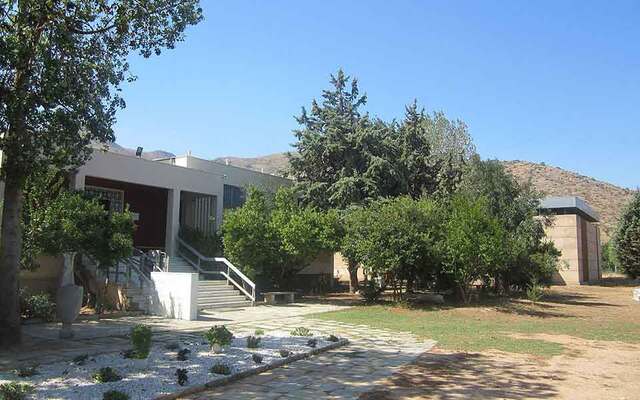
The museum, located near the archaeological site, provides a comprehensive view of the battle and its lasting impact on Greek history. For anyone interested in the ancient history of Greece, the museum is an essential stop on a journey through the past.
Video
Watch the video to explore the Battle of Marathon in 490 BC, a decisive clash between Athens and Persia. This key moment in history shaped the future of ancient Greece!
Conclusion
The Battle of Marathon and the burial mounds at Marathon continue to stand as symbols of courage, sacrifice, and resilience. These monuments, preserved for millennia, are reminders of the Athenian victory that changed the course of history. By exploring the battle site and the archaeological discoveries, we gain a deeper understanding of the heroic legacy that shaped the foundations of Western civilization. The warriors of Marathon are not just figures of the past; their story is a timeless testament to the enduring power of human determination in the face of adversity.



